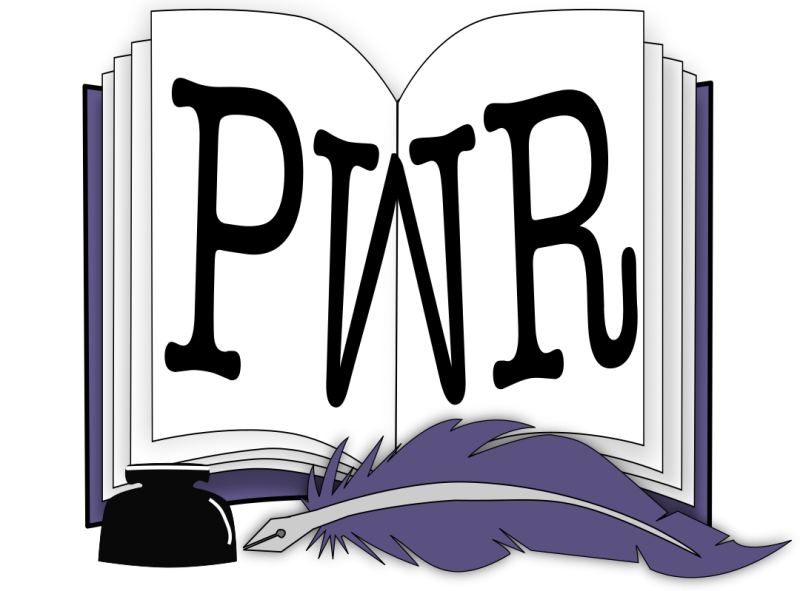By Megan Burkhart, a professional writing student at Taylor University
Get the gang together! Today we’re going to look at how you tell your story from multiple character viewpoints—in other words, an ensemble cast.
The ensemble cast works especially well in fantasy or heist novels where a group of characters is going on an adventure or banding together to try to steal something.
Regardless of genre though, it’s important to have this tool in your belt because your protagonist/hero doesn’t always need to tell the whole story.
Here are some things to be mindful of when writing the ensemble cast:
1. Alternating Viewpoints
Depending on the number of characters you choose to have in your ensemble, you could be juggling a lot of alternating viewpoints. This can get tricky when your characters are separated during the story because you can’t remember what Maya was doing when you last had her POV six chapters ago.
The best thing to do is keep the gang/group together so the action is continuing to move forward, and you’re not jumping around to different characters doing different things at different times. If the group does get separated, have them be in small groups so the reader doesn’t have to keep track of six, seven, or eight individual story lines.
2. Fleshing out the Cast
Each character within the ensemble needs to be fully fleshed out. Previous posts on here about character backstory and making memorable characters helps with this. You must sit down with each character and give them all the time you would your protagonist–because all of them are your protagonists.
Their wants, desires, and goals need to be clear. Everyone has to have something at stake or else readers will wonder why the character is there. Ultimately, the readers need to care about everyone in the ensemble. They need to be on the edge of their seat, waiting to get to the next POV. Or think about it like this: every character you chose to be part of your ensemble is crucial to telling the story. What makes them crucial and why would the story fall flat without them?
3. The Common Thread
What brought your characters together? Do they all have a special power? Do they all need the money this heist will secure them? Have they all been oppressed by those in authority?
With an ensemble cast, there’s usually some sort of common thread woven between all of them. It’s what brings them together. It’s important to spend time thinking about this while you’re creating your characters because they can’t be arbitrarily thrown together. Whatever their common thread is, it will only make them stronger as a group and propel them into the conflict head on. This thread will also bond them in friendship (and sometimes romance) which only raises the stakes, as the group has more to lose if one member is captured or injured.
Ensemble casts can be a challenge to write, but once you’ve got the right group of characters, their dynamics will sing on the page.
What are some of your favorite books that have an ensemble cast? What do they do well? Let me know in the comments!

Megan Burkhart (writing under the pen name Megan Lynne) is an award winning writer of both fiction and non-fiction. Her recent awards include the 1st place Tar Heel Award for her speculative fiction novel and an honorable mention in the 87th Annual Writer’s Digest Competition in the inspirational category. Megan is also a junior agent with Cyle Young Literary Elite and a freelance editor with Sherpa Editing. Find out more about her at meganlynneauthor.weebly.com

One comment